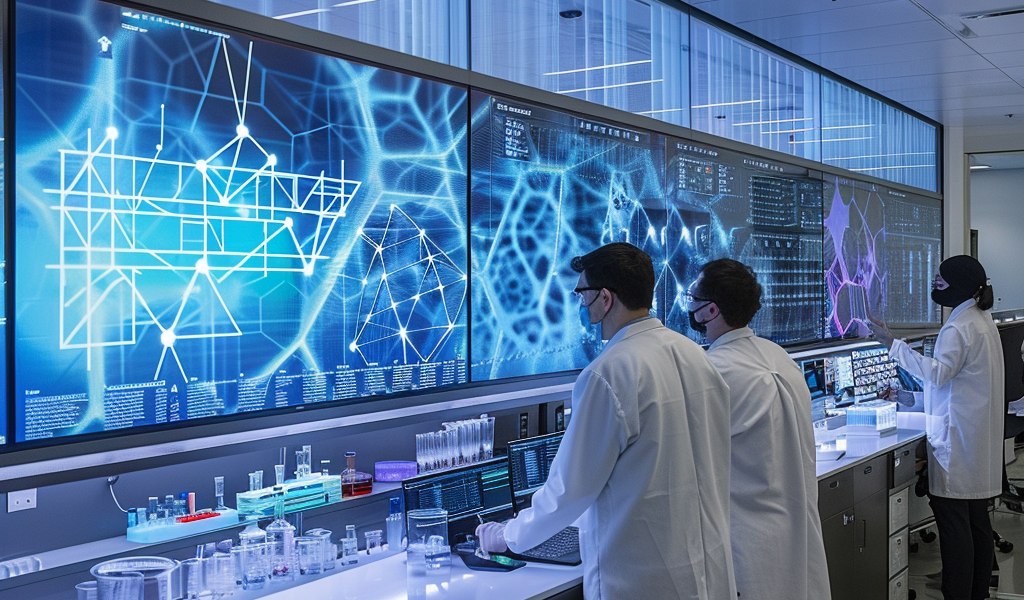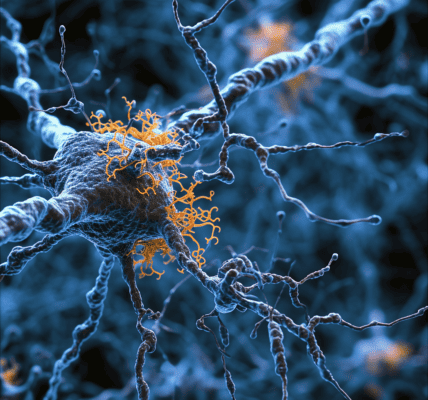AI-Driven Innovations in Chemistry: Microsoft and PNNL Collaborate on Azure Quantum Elements
In a significant stride towards integrating artificial intelligence with scientific research, Microsoft has partnered with the Pacific Northwest National Laboratory (PNNL) to enhance Azure Quantum Elements. This updated software suite, now accessible on GitHub, aims to revolutionize the fields of chemistry and materials science by providing advanced AI tools tailored for researchers.
The collaboration between Microsoft and PNNL is rooted in the belief that high-performance computing, when combined with cutting-edge AI capabilities, can lead to groundbreaking discoveries in various scientific domains. Nathan Baker, an Azure Quantum product lead at Microsoft, emphasized the initiative’s goal: “Our focus with PNNL is taking the AI capabilities that already exist on the platform and augmenting them with best in class tools for doing scientific discovery using physics-based methods on chemistry problems.” This statement underscores the commitment to enhancing the scientific process through technology.
The newly launched tools are designed to process intricate research data using advanced algorithms that draw sophisticated conclusions. As Karol Kowalski, a computational chemist at PNNL, explained, the cloud computing resources available through Azure Quantum Elements enable researchers to conduct extensive simulations that were previously challenging to execute. “We provide for the cloud computing an element of resources that is really needed. And if you have access to the high-performance cloud resources, you can perform pretty large simulations,” Kowalski noted.
At the core of this updated Azure suite are physics-based AI models. These models have been developed and refined over years within the scientific community and are trained on the principles of physics, combined with specific data relevant to various scientific disciplines. By leveraging these AI models, researchers can tackle specific scientific challenges, such as the breakdown of persistent environmental pollutants, the discovery of new pharmaceuticals, and other pressing scientific inquiries.
Physics-based AI algorithms have become a cornerstone for many large-scale scientific projects, offering a robust framework for understanding complex phenomena. The integration of these algorithms into the Azure Quantum Elements platform not only enhances the computational power available to researchers but also democratizes access to advanced scientific tools. By making these resources publicly available on GitHub, Microsoft and PNNL are fostering collaboration and innovation across the global scientific community.
The implications of this collaboration extend beyond just chemistry and materials science. The ability to harness AI for scientific discovery opens new avenues for research across multiple disciplines, potentially leading to breakthroughs in environmental science, pharmacology, and materials engineering. As researchers continue to explore the capabilities of AI in their work, the partnership between Microsoft and PNNL serves as a model for how technology can be leveraged to address some of the most pressing challenges facing society today.
As the scientific community embraces these advancements, the potential for AI to transform research methodologies becomes increasingly apparent. By integrating high-performance computing with sophisticated AI tools, researchers are better equipped to navigate the complexities of their fields and make significant contributions to knowledge and innovation.
In summary, the collaboration between Microsoft and the Pacific Northwest National Laboratory marks a pivotal moment in the intersection of artificial intelligence and scientific research. With the launch of the updated Azure Quantum Elements software suite, researchers now have access to powerful tools that can enhance their capabilities and drive forward the frontiers of knowledge in chemistry and materials science.





